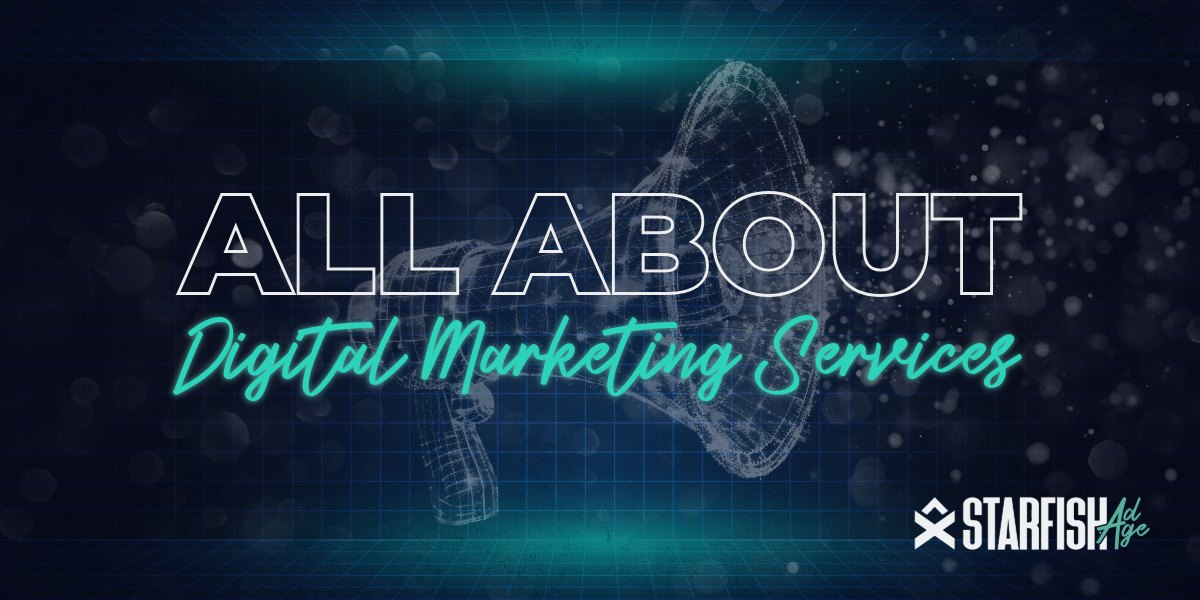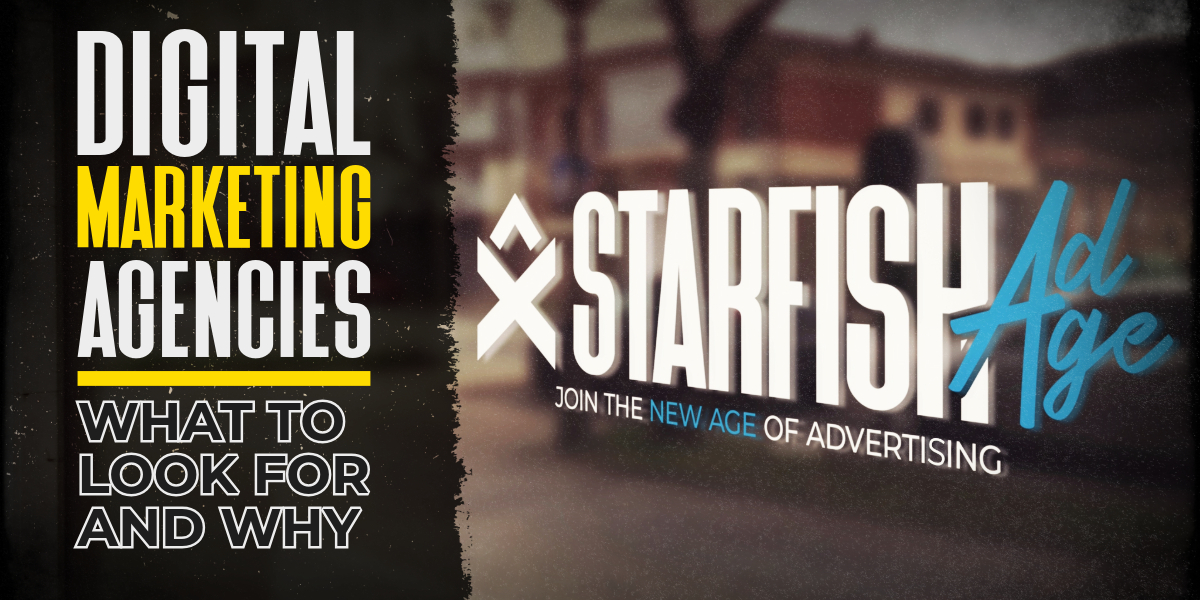
14 Digital Marketing Solutions to Grow Your Business
14 Essential Digital Marketing Solutions to Boost Your Business Growth

In marketing, the impending demise of third-party cookies is not just a challenge; it’s an opportunity to innovate. Google’s decision to phase out these cookies by 2024 marks a pivotal shift, urging marketers to rethink strategies and embrace new technologies. This blog will guide you through this transition, offering insights and strategies to thrive in a cookie-less future.

Cookies have long been integral to the digital experience, subtly working in the background to make our online interactions smoother and more personalized. These small text files, stored on your device, play a pivotal role in remembering your preferences, login details, and browsing history. They come in two main types: session cookies and persistent cookies.
Session cookies play a vital role in ensuring a smooth and efficient online experience. They temporarily store information as you navigate different pages on a website, providing continuity and convenience.
For instance, if you’re filling out a multi-page form or browsing through an e-commerce site, session cookies remember and process your inputs from one page to the next. This temporary memory is crucial for maintaining a seamless user experience, preventing the frustration of having to repeatedly input the same information during a single visit.
The transient nature of session cookies is key to their functionality. They exist only for the duration of your browsing session, making them a secure option for managing your online activities. Once you close your last browser window, these cookies vanish, leaving no long-term record on your device. This temporary storage ensures that your browsing session remains efficient without compromising privacy and security.
Persistent cookies, on the other hand, are the digital equivalent of a long-term memory. They are designed by other websites to remember your preferences and settings over an extended period of time. This means that when you return to a website, it can instantly recall your preferences, such as language settings, theme choices, or even login information. This level of personalization makes for a more convenient and tailored browsing experience, as the site adjusts to your preferences automatically.
The longevity of persistent cookies is what makes them so valuable for enhancing the user experience. By storing your preferences and certain data over time, these cookies allow websites to offer a more personalized and responsive service.
For example, an e-commerce site can show you products similar to those you’ve browsed or purchased from a particular website in the past, or a news site can display articles that align with your interests. This customization, powered by persistent cookies, significantly enriches your interaction with websites, making them more relevant and user-friendly.

First-party cookies play a crucial role in enhancing the user experience on websites. By remembering user settings, preferences, and login details, these cookies streamline the browsing experience, making it more personalized and convenient. For instance, when you return to a shopping site, first-party cookies help the site remember your shopping cart contents, ensuring a seamless continuation of your shopping experience.
The use of first-party cookies is pivotal in creating a user-centric web environment. They enable website owners to gather valuable insights into user behavior on their site, such as which pages are most visited and how users navigate through the site. This information is critical for website owners to make data-driven decisions to enhance the website’s layout, content, and functionality, ultimately improving the overall user experience.
Unlike third-party cookies, first-party cookies are considered more privacy-friendly. Since they are used exclusively by the same website owner who creates them, the risk of personal data being shared with external entities is significantly reduced. This aspect of first-party cookies aligns well with the growing global emphasis on user privacy and data protection.
First-party cookies are generally more compliant with data protection regulations like GDPR and CCPA. By limiting data usage to the context of the website visited, they respect user consent and privacy preferences. General data protection regulation not only protects users but also helps website owners maintain their reputation as trustworthy and responsible data handlers.
First-party cookies are indispensable for enhancing the user experience and personalization of websites while respecting user privacy. Their role in modern web browsing is pivotal, offering a balance between functionality and privacy, which is increasingly important in today’s digital landscape. As the digital world evolves, the significance of first-party cookies in creating a secure, efficient, and user-friendly web experience continues to grow.
Third-party cookies serve as the linchpin in the complex machinery of digital advertising. By tracking users’ browsing habits across various websites, these cookies enable advertisers to construct detailed profiles of users’ interests, preferences, and online behaviors.
This extensive data collection facilitates the delivery of highly targeted advertisements tailored to align with the individual user’s interests and online behavior, thereby increasing the likelihood of engagement and conversion.
The effectiveness of third-party cookies in digital advertising cannot be overstated. They are the driving force behind the personalized advertising ecosystem, allowing advertisers to deliver relevant and targeted ads to users based on their previous online activities.
This level of personalization has been a key factor in the success of many digital marketing campaigns, offering a tailored advertising experience that traditional advertising methods struggle to match.
Despite their effectiveness, third-party cookies have become a focal point of privacy concerns. The extensive tracking and data collection practices associated with these cookies have raised alarms about user privacy and data security. Users have become increasingly aware and concerned about how their user data is being collected, used, and shared without their explicit consent.
The growing privacy concerns have led to significant changes in the digital landscape, with major browsers phasing out third-party cookies. This shift signifies a move towards a more privacy-conscious web, where user consent and data protection are prioritized. As a result, advertisers and marketers are being compelled to explore new, privacy-compliant methods of reaching their audiences.
While third-party cookies have been instrumental in shaping the digital advertising industry, their decline marks a pivotal moment in the evolution of online marketing. The industry is now at a crossroads, seeking to balance effective advertising strategies with the imperative of respecting user privacy. This transition presents both challenges and opportunities for innovation in digital marketing practices as the industry adapts to a new universe of privacy-first advertising.
As the world grapples with privacy concerns, the role and functionality of cookies, especially third-party ones, are undergoing significant changes. Understanding these nuances is key for marketers and businesses to adapt and thrive in the evolving digital landscape.

Most modern web browsers offer the option to block third-party cookies, giving users more control over their online privacy. Here’s how users can activate this feature in some of the most popular browsers: Blocking third-party cookies can guarantee more privacy, but at this time it can also cause certain sites to malfunction.
Google Chrome: Users can navigate to the browser’s settings, click on ‘Privacy and security,’ then ‘Cookies and other site data,’ and select ‘Block third-party cookies.’
Mozilla Firefox: Firefox offers enhanced tracking protection by default. Users can further customize these settings by clicking on the menu button, selecting ‘Options,’ then ‘Privacy & Security,’ and choosing the desired cookie-blocking options under the ‘Enhanced Tracking Protection’ section.
Apple Safari: Safari blocks third-party cookies by default. Users can verify or adjust these settings by going to ‘Preferences,’ then ‘Privacy,’ and ensuring that the option to ‘Prevent cross-site tracking’ is checked.
Microsoft Edge: Users can block third-party cookies by going to ‘Settings,’ then ‘Site permissions,’ and under ‘Cookies and Site Data,’ selecting ‘Block third-party cookies.’
The decision to block third-party cookies is a personal one, balancing the desire for privacy with the convenience of a personalized web experience. Users are increasingly empowered to make informed choices about their online privacy and how their data is used. These are just a few of the things to consider when blocking third party cookies.

In the wake of Google’s decision to eliminate third-party cookies, marketers are pivoting towards first-party data and contextual advertising strategies. First-party data, collected directly from your audience through interactions on your website or social media platforms, offers a wealth of insights while respecting user privacy. Contextual advertising, which places ads based on the content of the website rather than a user’s browsing history or behavior, emerges as a viable alternative, aligning ads with relevant site content.
The shift away from third-party cookies and site data is also driving innovation in digital marketing technologies. Marketers are exploring advanced analytics, AI-driven insights, and machine learning algorithms to understand and engage their audiences effectively. Privacy-compliant solutions, such as Google’s Privacy Sandbox and Topics API, are being developed to offer targeted advertising without compromising user privacy.
The transition to a post-cookie era presents several challenges for marketers. Adapting to new technologies, rethinking audience targeting strategies, and ensuring compliance with evolving privacy regulations require significant adjustments. Marketers must stay informed and agile, ready to embrace new tools and methodologies that align with the changing digital landscape.
Despite these challenges, the post-cookie world also presents opportunities for innovation and growth in digital marketing. The emphasis on first-party data and privacy-compliant advertising opens avenues for building deeper, trust-based relationships with audiences. Marketers have the chance to pioneer new approaches that balance effective advertising with ethical data practices, setting the stage for a more sustainable and user-friendly digital marketing ecosystem.
Google’s move to phase out third-party cookies is reshaping marketing, prompting a significant shift in strategies and technologies. While navigating this new terrain poses challenges, it also offers opportunities for innovation and growth. Marketers and business owners who adapt quickly and embrace privacy-first approaches will be well-positioned to succeed.
The demise of third-party cookies in Google Chrome compels marketers to innovate and adapt. This new epoch will see a greater emphasis on first-party data, gathered directly from interactions with customers on owned platforms. Marketers will need to focus on building stronger direct relationships with their audience, leveraging data from their websites, apps, and CRM systems.
As the industry moves away from third-party cookies, we can expect the emergence of new, privacy-centric marketing solutions. Technologies like Google’s Privacy Sandbox and the Topics API are examples of how the industry is evolving to balance effective advertising with user privacy. These solutions aim to provide relevant ad experiences without compromising individual user data, using aggregated, anonymized data to understand audience trends and preferences.
In a world without third-party cookies, contextual and behavioral advertising will gain prominence. Contextual advertising involves placing ads based on the content of the web page, while behavioral advertising relies more on first-party data and less intrusive methods of tracking a user’s device and preferences. These strategies will require marketers to have a deeper understanding of their audience and the contexts in which their ads will be most effective.
The post-cookie world offers an opportunity for brands to build trust and transparency with their consumers. By openly communicating how and why data is collected and used and providing value in exchange for data, brands can foster a more trusting relationship with their audience. This approach not only aligns with the growing demand for privacy but also strengthens brand loyalty and customer engagement.
Google’s decision to phase out third-party cookies is a game-changer for the digital advertising industry. It challenges marketers to innovate and find new ways to connect with their audience, emphasizing privacy, trust, and transparency. As we navigate this new landscape, the ability to adapt and embrace change will be key to success in digital marketing.

In the absence of third-party cookies, SEO and content marketing have become more crucial than ever. By optimizing for search engines and social media sites and creating valuable content, marketers can attract and engage audiences organically. This approach not only drives traffic but also builds brand authority and trust, essential in a privacy-first world.
Contextual advertising offers a viable alternative to cookie-based targeting. By placing ads in relevant content environments, marketers can reach audiences in a way that feels natural and less intrusive. This method relies on the context of the webpage rather than the user’s browser behavior, aligning with the growing demand for privacy.
The shift away from third-party cookies underscores the importance of first-party data. By collecting data directly from customers through interactions on owned platforms, marketers can gain deeper insights into customer preferences and behaviors. This data is invaluable for creating personalized experiences and building long-term customer relationships.
Utilizing first-party data effectively allows marketers to enhance the customer experience significantly. From personalized recommendations to tailored communications, this data enables brands to create more meaningful and relevant interactions with their audience.
Google’s Privacy Sandbox initiative is leading the way in developing privacy-centric marketing technologies. This set of tools aims to provide a secure environment for personalization while safeguarding user privacy. Understanding and adopting these tools will be key for marketers looking to stay compliant and effective in their digital strategies.

The Topics API, part of Google’s Privacy Sandbox, offers a new method for interest-based advertising without compromising individual user data. Categorizing page topics and user interests allows for targeted advertising that respects user privacy, representing a significant advancement in ethical digital marketing.
Surviving and thriving in a post-cookie world requires marketers to explore alternatives to third-party cookies, leverage first-party data, and adopt privacy-first technologies. By doing so, they can continue to collect user data and deliver effective and personalized marketing
To fully leverage first-party data, brands should focus on enhancing every customer interaction point. This includes optimizing websites, mobile apps, and social media platforms to gather meaningful data. By doing so, brands can gain valuable insights directly from their audience, leading to more effective and personalized marketing strategies.

Effective use of Customer Relationship Management (CRM) systems, like Starleads, and analytics tools is vital in managing first-party data. These tools can help organize, analyze, and activate the data collected, turning it into actionable insights for targeted marketing campaigns.
Exploring new advertising channels becomes crucial. Marketers should look into emerging platforms and technologies that offer innovative ways to reach and engage with their audience beyond the traditional cookie-based methods.
Quality content and engagement are more important than ever. In the absence of third-party cookies, creating content that resonates with your audience and encourages engagement will help in building a loyal customer base and gathering valuable first-party data.

AI-driven predictive analytics can help marketers anticipate customer needs and preferences. By analyzing first-party data, AI can identify patterns and trends, enabling brands to tailor their marketing efforts more effectively.
AI technologies allow for personalization at scale, enabling brands to deliver customized experiences to a large audience. This automation can lead to more efficient marketing campaigns, higher engagement rates, and increased ROI.
Transparency in data policies is essential in establishing trust. Brands should clearly communicate how they collect, use, and protect user data. This openness not only builds trust but also aligns with increasing regulatory requirements around data privacy.
Engaging with customers responsibly and ethically is key to building long-term relationships. This involves respecting user preferences, providing value in exchange for their data, and ensuring that all marketing practices are ethical and customer-centric.
Preparing for a cookie-less future requires a strategic shift towards first-party data, embracing AI and machine learning, and building trust through transparency and responsible engagement. By adopting these practices, marketers and business owners can navigate the changing digital landscape successfully and continue to drive impactful marketing campaigns.

At Starfish Ad Age, we’re not just about keeping up with trends; we’re about setting them. Our team of badass marketers and tech wizards is ready to help you pivot your strategies and leverage the latest tools to ensure your brand not only survives but thrives in this new digital marketing landscape.
At Starfish Ad Age, we blend audacious creativity with razor-sharp data analytics. Our strategies are not just about making noise; they’re about making an impact. We dive deep into the world of first-party data, unlock the potential of AI in marketing, and craft content strategies that resonate and engage. Our goal? Elevate your brand with strategies that are as effective as they are bold.
The digital marketing landscape is evolving, and so are we. At Starfish Ad Age, we’re not just keeping pace; we’re setting it. Partner with us to transform the challenges of a post-cookie world into opportunities for growth and innovation. Together, we’ll craft marketing strategies that are not just effective but revolutionary.
The end of third-party cookies in Chrome is just the beginning. With Starfish Ad Age, you’re equipped to face the future of digital marketing with confidence. Our forward-thinking approach ensures that your brand is not just prepared for what’s next but is actively shaping it. Let’s harness the power of change to build a stronger, more resilient digital presence for your brand.
The shift away from third-party cookies is an opportunity to redefine marketing as we know it. With Starfish Ad Age as your partner, you’re not just adapting to change; you’re at the forefront of it. Our bold, innovative strategies are your ticket to not just surviving but thriving. Join us, and let’s lead the way into a future where your brand is bold enough to stand out amongst the competition.

14 Essential Digital Marketing Solutions to Boost Your Business Growth

Learn about SEO, PPC, social media marketing, content marketing, and more to drive traffic and conversions. Read now!

Learn how to select the best digital marketing agency for your small business, the benefits of hiring an agency, and tips for maximizing your online presence.

Learn how to leverage TikTok advertising, ad formats, targeting options, and best practices to increase brand awareness, and drive sales.

Learn about Connected TV (CTV) ads, their benefits, and how they work. Understand programmatic CTV advertising for effective digital marketing campaigns.
All Rights Reserved | Starfish Ad Age LLC | 2023 | Privacy Policy